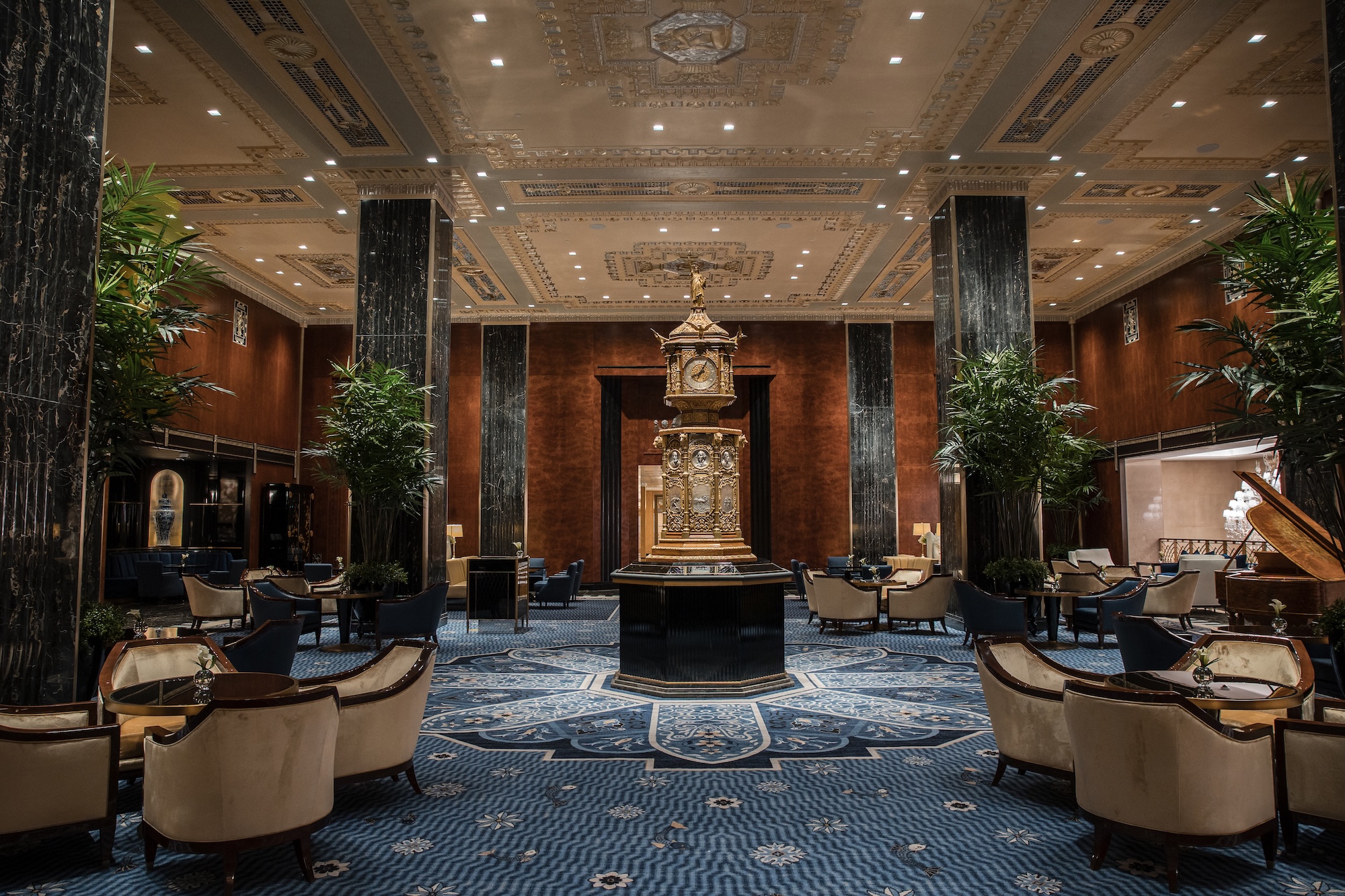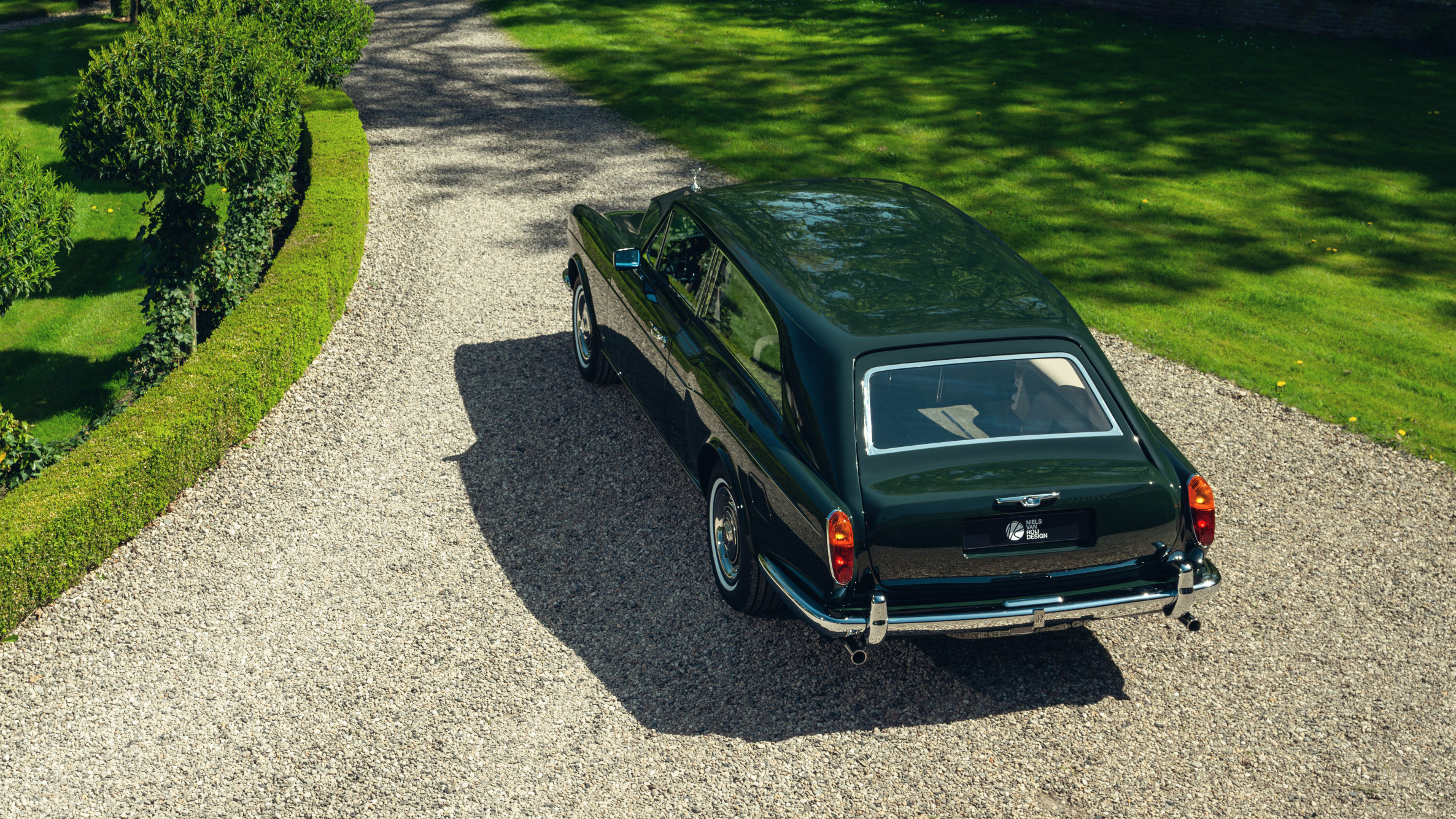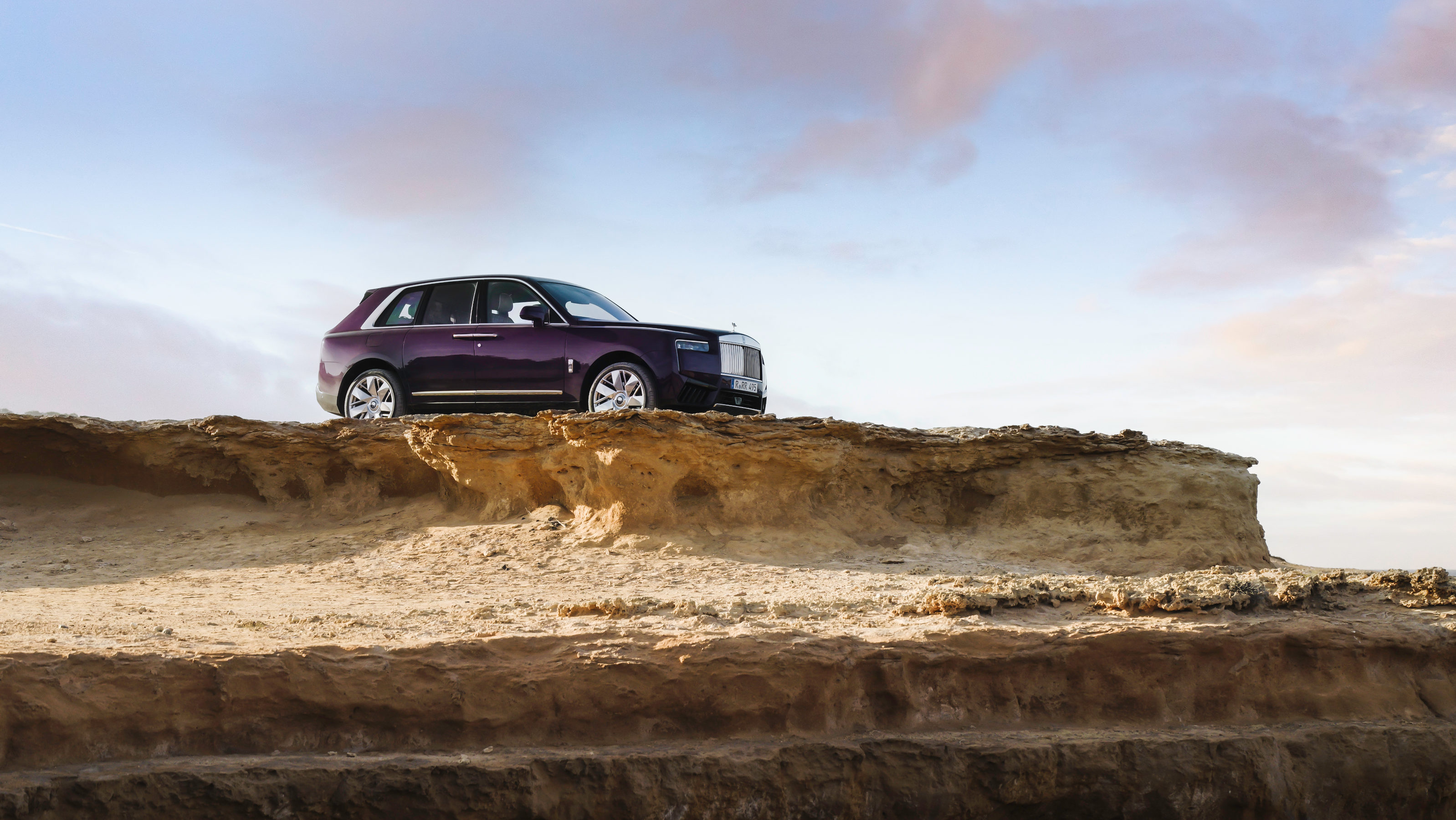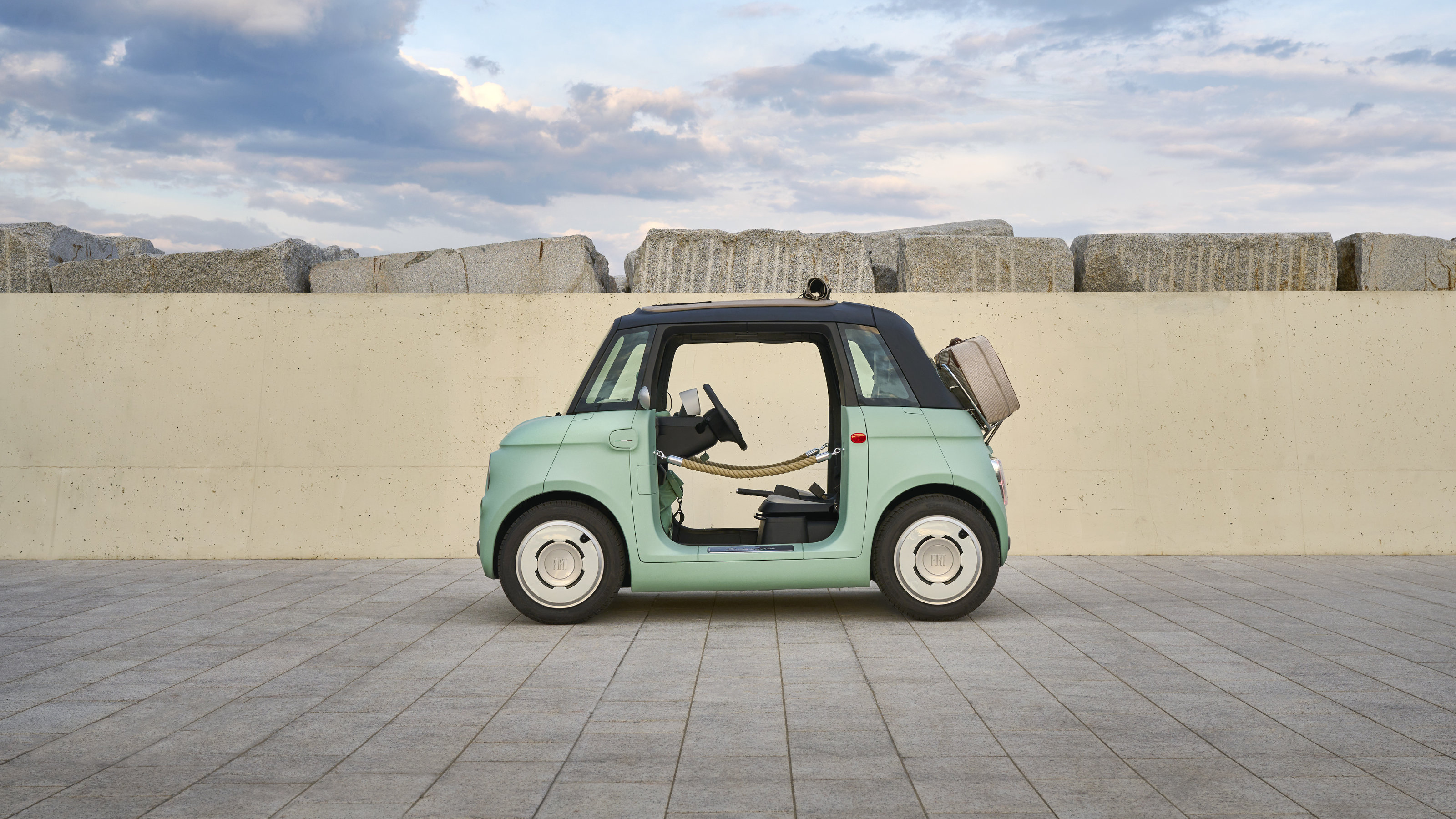Celebrating over a century of Rolls-Royce convertibles
Rolls-Royce Motor Cars rings in over 110 years of convertibles in an exploration into three of the its most coveted drop-tops

On a good day, with a gentle breeze blowing through the cabin and nothing but miles of blue sky above, drop-top driving is one of the most pleasurable experiences in the motoring world. The handful of early adopters that traded their horse and carriage for combustion engine motorcars would have been accustomed to canvas-topped cars with very little in the way of protection from the elements. But one particular manufacturer became known for its ability to make the finest convertibles in the world.
Enter Rolls-Royce, whose very first drop top came in the shape of the Ghost in 1906. An elaboration construction of brass, wood, steel and leather gave this prototypical limousine a charm and luxury beyond all other cars of the time, contributing to its fabled reputation as the ‘best car in the world’. Loved for not just its quality but for their famed reliability, Rolls convertibles have remained a popular choice for well-heeled buyers with a penchant for a high-profile public image. Rolls’ convertible cars were soon recognised all over the world, with one particular Ghost, the 1912 car now affectionately known as ‘Nellie’, making it into the personal collection of the Maharaja of Nabha shortly after it rolled off the production line in Derby.
With a reputation to uphold, Rolls-Royce went on to evolve the concept of the convertible, honing its models to ever greater heights of perfectionism. By 1955, its principle model was the mighty Silver Cloud, offered as a limousine and also as a two-door coupé and a two-door drophead, the latter two created by various esteemed coachbuilders. The Silver Cloud, presumably named for its majestic ride quality, could reach a top speed of 106mph while its occupants sat surrounded by swathes of the finest leather and crafted wood, enclosed in a voluptuous new steel body. Sporting high-tech options such as electric windows and rear armrest mounted speakers, the Silver Cloud represented open top motoring without compromise. With only 107 dropheads made, this particular 1959 car was originally the work of the coachbuilder H.J Mulliner and was loving restored by DM Historics in 2017, bringing the car back to its former glory.
Another half century on, and Rolls-Royce is once again in the business of making the world's best drop tops. 2015 saw the introduction of the imperious Rolls-Royce Dawn, the topless variant of the Wraith, both of which are derived from the company's four-door Ghost. With every conceivable luxury and high-tech add-on, it goes without saying that the Dawn is worlds apart from the trailblazing 1906 Ghost, save for one thing – they both stand head and shoulders above the competition when it comes to sheer luxury and presence.
Despite more than 113 years of near-continuous development separating the Ghost and the Dawn, all three of these cars share a singular quality; an unmistakable sense of superiority. Whether it’s the raw, mechanical beauty of the Ghost, the period charm of the Silver Cloud or the contemporary theatre of the Dawn, they demonstrate that Rolls-Royce is still pitching itself as the pinnacle of ultra-luxury driving, whether open or closed. While there are countless other convertible cars on the market – many with more impressive performance and rather lower price tags — none can glide along with the poise, prowess and presence of a Roller. Of course, these three aren't the only examples of drop-top car built during the company's history, but together they epitomise the evolving Rolls-Royce approach, a dedication and intent that has entered the language as a superlative. In this rarefied arena, it seems the manufacturer still reigns supreme, retaining an image it earned well over 100 years ago.
INFORMATION
Rolls-Royce Dawn, from £282,000. rolls-roycemotorcars.com
Receive our daily digest of inspiration, escapism and design stories from around the world direct to your inbox.
Rory is a seasoned freelance journalist covering all things cars, motorsport, yachts, travel and transport for Wallpaper* as well as the Financial Times, Telegraph and Robb Report. Regularly quizzing CEOs, racing drivers and engineers on everything from the wheels up, he also test drives the latest cars and greatest classics for news stories, features and reviews. @roryfhsmith
-
 Is the Waldorf Astoria New York the ‘greatest of them all’? Here’s our review
Is the Waldorf Astoria New York the ‘greatest of them all’? Here’s our reviewAfter a multi-billion-dollar overhaul, New York’s legendary grand dame is back in business
-
 Colleen Allen’s poetic womenswear is made for the modern-day witch
Colleen Allen’s poetic womenswear is made for the modern-day witchAllen is one of New York’s brightest young fashion stars. As part of Wallpaper’s Uprising column, Orla Brennan meets the American designer to talk femininity, witchcraft and the transformative experience of dressing up
-
 A new Korean garden reimagines tradition for the 21st century
A new Korean garden reimagines tradition for the 21st centuryThe new Médongaule Korean Gardens in Gyeonggi Province explore the country’s rich tradition; within it, the Seongok Academy Building provides a layered spatial experience drawing on heritage and a connection with nature
-
 Around London in sybaritic silence with the majestic all-electric Lunaz Phantom V
Around London in sybaritic silence with the majestic all-electric Lunaz Phantom VClassic electrifier Lunaz has turned its skilled hands to the Rolls-Royce Phantom V. We sample the ultimate in zero-emission luxury on the streets of London
-
 Niels van Roij Design's newest project is this perfectly tailored Rolls-Royce Shooting Brake
Niels van Roij Design's newest project is this perfectly tailored Rolls-Royce Shooting BrakeHenry II is a hand-crafted Shooting Brake created from a 1981 Rolls-Royce Corniche coupé. Commissioned by its long-standing owner, the car has been upgraded into a true grand tourer
-
 EV start-up Halcyon transforms a classic 1970s Rolls-Royce into a smooth electric operator
EV start-up Halcyon transforms a classic 1970s Rolls-Royce into a smooth electric operatorThis 1978 Rolls-Royce Corniche is the first fruit of a new electric restomod company, the Surrey-based Halcyon
-
 Rolls-Royce Phantom Dragon crosses cultures with a highly crafted approach
Rolls-Royce Phantom Dragon crosses cultures with a highly crafted approachThis one-of-one Phantom Extended has been built as a celebration of the outgoing Year of the Dragon, overseen by Rolls-Royce’s Shanghai Private Office
-
 Rolls-Royce re-imagines the classic wheels of one of James Bond’s greatest antagonists
Rolls-Royce re-imagines the classic wheels of one of James Bond’s greatest antagonistsFor one lucky Rolls-Royce owner and Fleming obsessive, this one-off Phantom Goldfinger will blur the lines between cinematic fantasy and real life
-
 Rolls-Royce’s Bespoke division pushes paint technology to the limits in the Spectre Lunaflair
Rolls-Royce’s Bespoke division pushes paint technology to the limits in the Spectre LunaflairThis one-off commission transforms Rolls-Royce’s all-electric Spectre into a shimmering spectacle inspired by atmospherical effects
-
 The subtly revised Rolls-Royce Cullinan offers clients an instantly commanding presence
The subtly revised Rolls-Royce Cullinan offers clients an instantly commanding presenceA Rolls-Royce is no longer the ‘best car in the world,’ but the best way to make your mark on automotive culture. Cullinan Series II goes even further into the world of branded storytelling and subtle oneupmanship
-
 Year in review: top 10 transport design stories of 2023, selected by Wallpaper’s Jonathan Bell
Year in review: top 10 transport design stories of 2023, selected by Wallpaper’s Jonathan BellJonathan Bell’s top 10 transport design stories of 2023 span from electric campers and microcars to flying yachts and classic car recreations